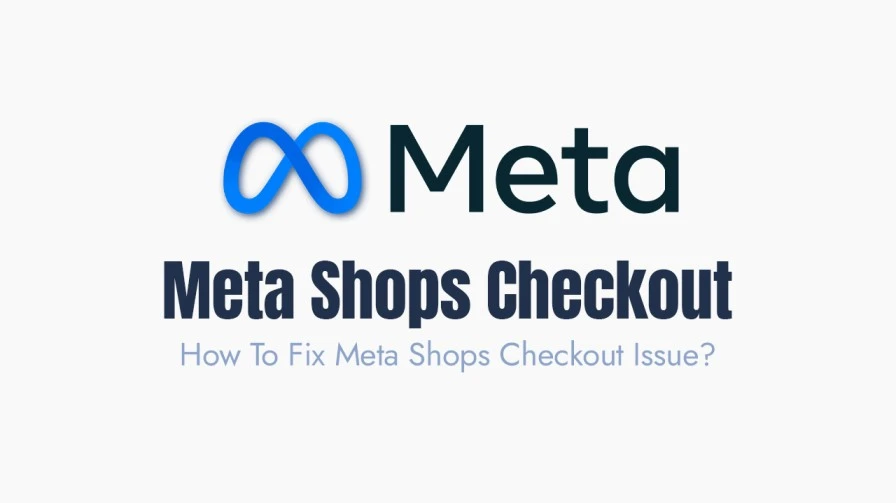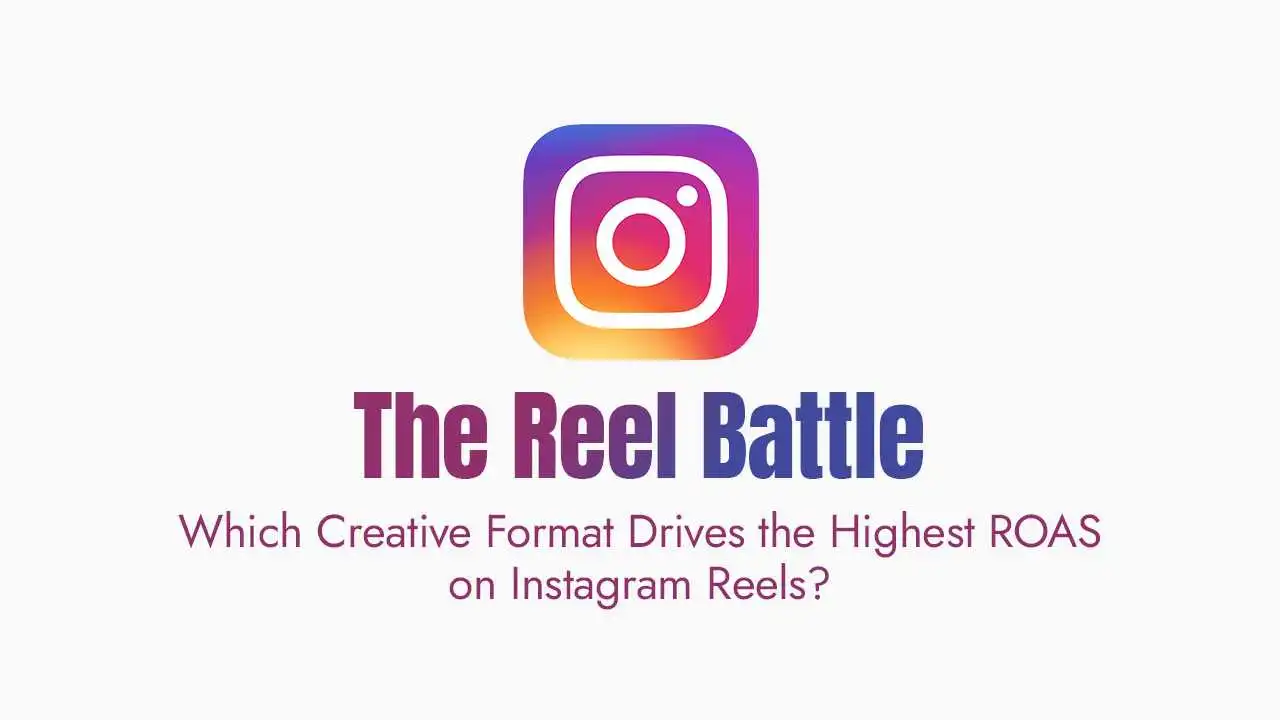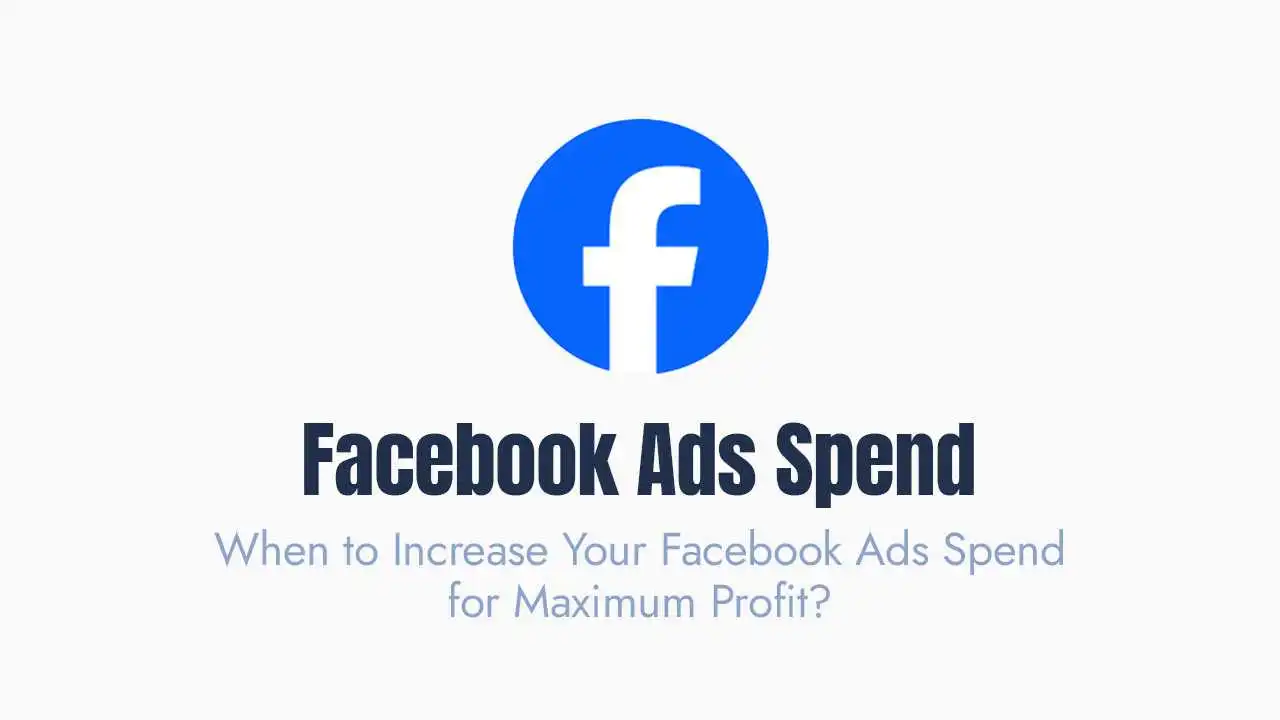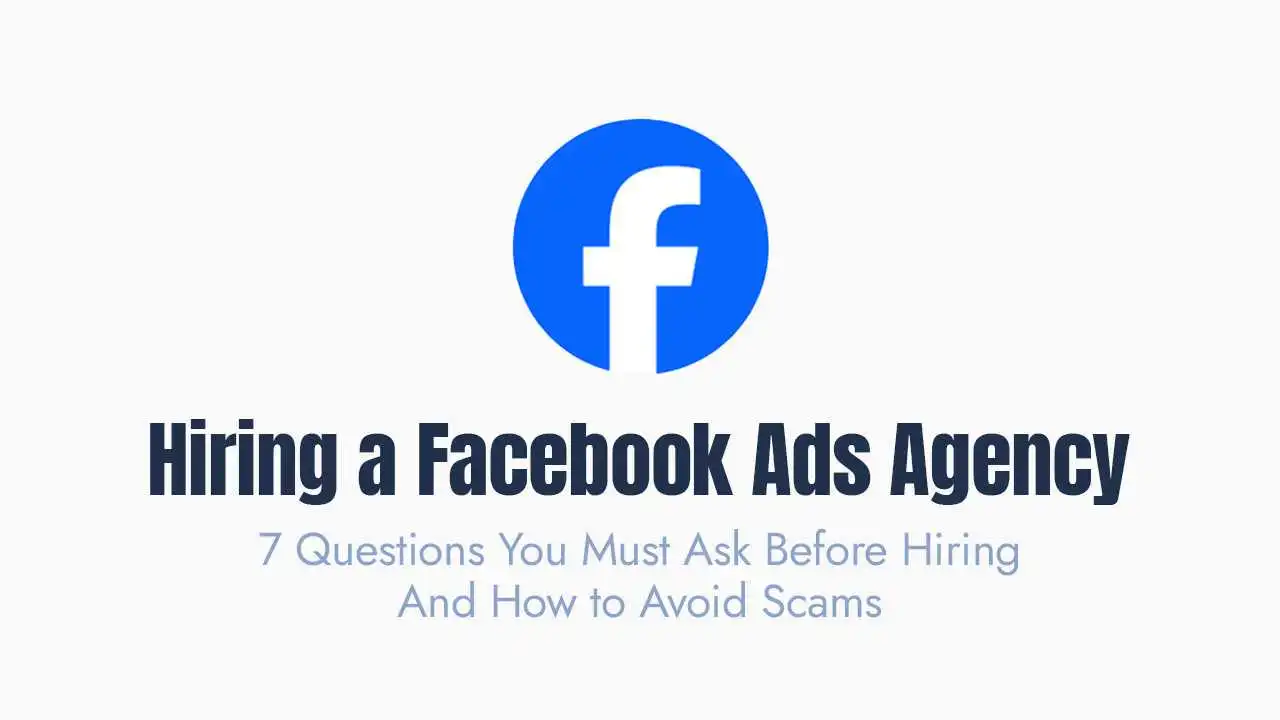?products=id:qty). When a customer clicks a product on instagram or facebook, meta automatically generates this specialized url. your website’s endpoint intercepts the link, reads the product data, automatically adds the items to the customer’s cart, and instantly redirects them to the final pre-filled checkout page. The big Meta Shops checkout shift:
The Old Way vs. The New Mandate:
What is Meta Shops?
Meta shops is a feature on facebook and instagram that allows businesses to create an online store to showcase and sell products directly on their page or account. it serves as a powerful traffic and sales channel.
The Old Checkout Options:
checkout by messages:
checkout on the website:
checkout on facebook and instagram (onsite):
The New Mandate: "Checkout On The Website" Requires a Special Url
identify the product(s) the user clicked.
add them to the shopping cart.
display the pre-filled cart or final checkout page.
The Fix: Building The High-converting Checkout Url Endpoint
The Required URL Structure:
checkout Endpoint:
products:
12345:1 means product id 12345 with a quantity of 1). coupon (optional):
Implementation Guide By Platform:
The method for setting this up depends entirely on your e-commerce platform:
| platform | implementation method |
| shopify, bigcommerce, ecwid | automatic setup. the official meta sales channel app for these platforms usually handles the checkout url endpoint and automatic cart-fill feature behind the scenes. ensure your app is up-to-date. |
| woocommerce | requires a plugin or code. you must use a dedicated plugin or a custom php code snippet to intercept the ?products= url, empty the cart, add the products, and redirect to the final checkout. |
| custom/headless e-commerce | developer required. you must build a custom endpoint (a specific api route) that parses the query parameters and uses your platform’s api to modify the user’s cart session before redirecting them to the final checkout ui. |
Action Step in Commerce Manager:
go to commerce manager, then settings, then checkout method.
select checkout on another website.
enter the base url for your checkout endpoint (e.g.,
https://yourdomain.com/checkoutor the url provided by your e-commerce app/developer).
How We Can Help?
?products= query string. Frequently Asked Questions (FAQs):
1. why is my shopping cart empty when customers click a product on instagram?
2. do i still need the meta pixel after switching to website checkout?
3. will i still manage orders and refunds in commerce manager?
4. what happens to my historical data and existing orders placed via in-app checkout?
5. Can I Make My Followers Visible Again Later?
Final Thoughts:
The transition away from native “checkout on facebook and instagram” is more than just a policy change; it is a critical shift of control and accountability back to the merchant’s website. while the broken link issue can cause a painful drop in conversion rates, implementing the specialized checkout url endpoint reverses this damage. by correctly programming your website to recognize the ?products=… query string, you successfully bridge the gap between social discovery and on-site purchase.





